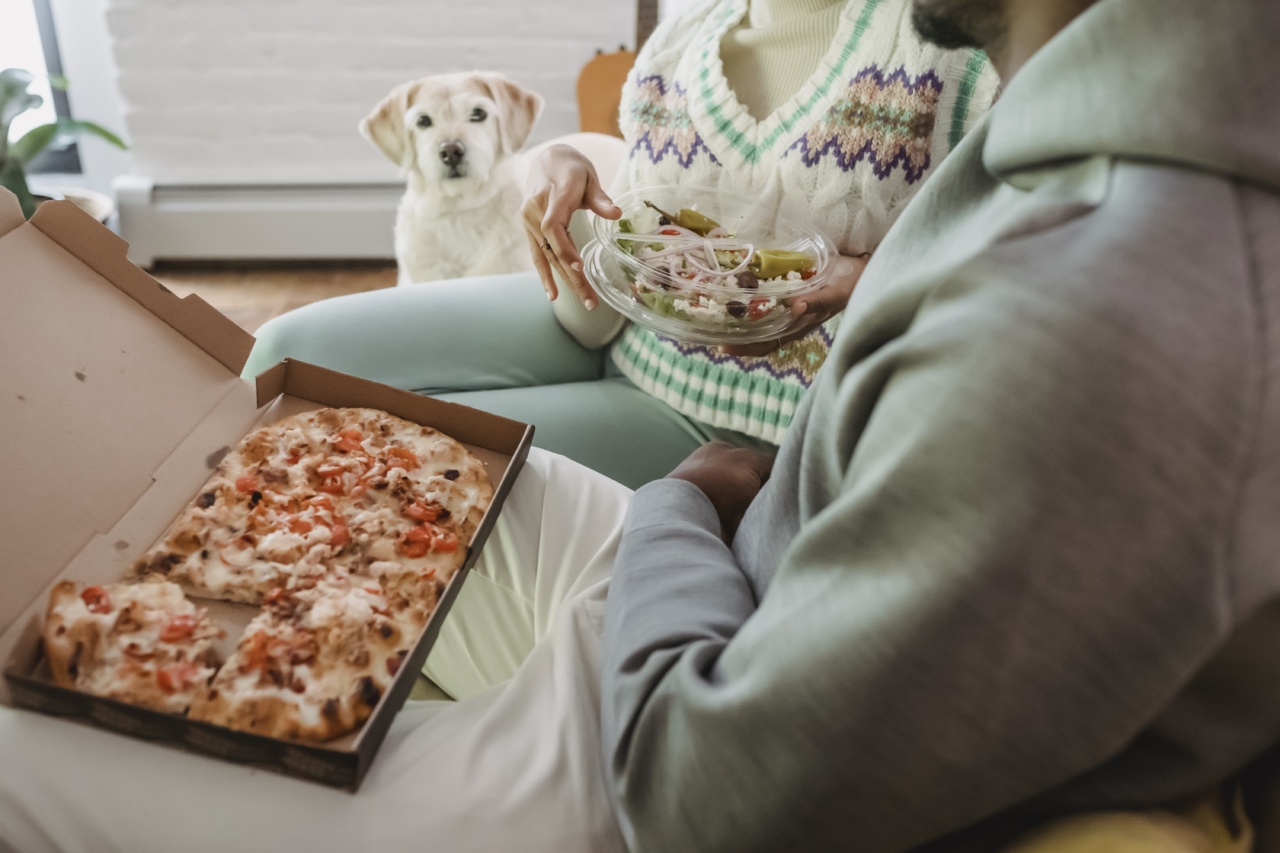Dogs are wonderful creatures and loyal companions. However, they are not always well-behaved at the dinner table. They may beg for food, steal food off of plates, or simply sit and stare at their owners with longing eyes.
This can be frustrating for pet owners, but it is not impossible to teach your dog good manners at the dinner table. With patience and consistency, you can train your dog to behave appropriately during mealtimes. In this guide, we will provide tips and tricks for teaching your furry friend proper table manners.
Tip #1: Establish Boundaries
The first step in teaching your dog good manners at the dinner table is to establish boundaries. Make it clear to your dog from the beginning that they are not allowed to beg for food or eat off of plates. Encourage them to sit quietly nearby instead.
Be consistent in your training and do not give in to begging behavior. Dogs are smart and will learn quickly that begging does not get them anything.
Tip #2: Use Positive Reinforcement
Positive reinforcement is a powerful tool when it comes to training dogs. Instead of punishing your dog for bad behavior, reward them for good behavior. When your dog sits quietly nearby during dinner, give them a small treat or piece of kibble.
This reinforces the behavior you want to encourage and helps your dog understand what is expected of them.
Tip #3: Practice Makes Perfect
Training your dog to behave properly at the dinner table will take time and practice. Make sure to have regular training sessions with your dog and be patient if they do not catch on right away.
Practice different scenarios, such as eating with guests or eating outside, to help your dog understand that good manners apply in all situations.
Tip #4: Set Up a Reserved Place for Your Dog
Your dog may be more likely to behave appropriately if they have a designated spot to wait while you eat. This can be a dog bed or crate near the table. Teach your dog to go to this spot before each meal and reward them for staying there quietly.
This will help your dog feel more secure and comfortable during mealtimes and reduce their desire to beg or steal food.
Tip #5: Use Verbal Commands
Teaching your dog specific verbal commands can be helpful in training them to behave properly at the dinner table. Commands such as “stay,” “sit,” and “quiet” can be used to reinforce good behavior.
Make sure to use positive reinforcement and rewards when your dog follows these commands correctly.
Tip #6: Teach Your Dog to “Leave It”
The “leave it” command is a valuable tool when it comes to teaching your dog good manners. This command is used to stop your dog from going after something they are not supposed to, such as food on the table or in the trash.
Teach your dog this command by placing a treat on the ground and telling them to “leave it.” When they do, reward them with a different, more desirable treat.
Tip #7: Don’t Feed Your Dog from the Table
Feeding your dog from the table is a surefire way to encourage bad behavior. Even if you are tempted to share your food with your furry friend, it is important to stick to their normal diet and feeding routine.
This will keep them healthy and reduce their desire to beg or steal food.
Tip #8: Be Consistent
Consistency is key when it comes to training your dog. Make sure that everyone in your household is on the same page and reinforces the same behavior.
Training your dog to behave properly at the dinner table will take time and effort, but it is worth it in the end.
Tip #9: Stay Calm
Dogs are very attuned to their owner’s emotions. If you become angry or frustrated during training, your dog may become anxious or confused. Stay calm and patient, even if your dog does not understand what you are trying to teach them right away.
With time and consistency, they will catch on.
Tip #10: Don’t Give Up!
Training your dog to behave properly at the dinner table may seem like a daunting task, but it is not impossible. With patience, consistency, and positive reinforcement, you can teach your furry friend good manners.
Remember to stay calm and keep practicing, and your dog will soon be a well-behaved member of the family.

























